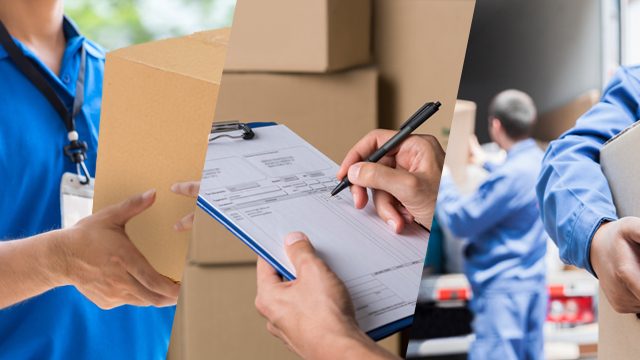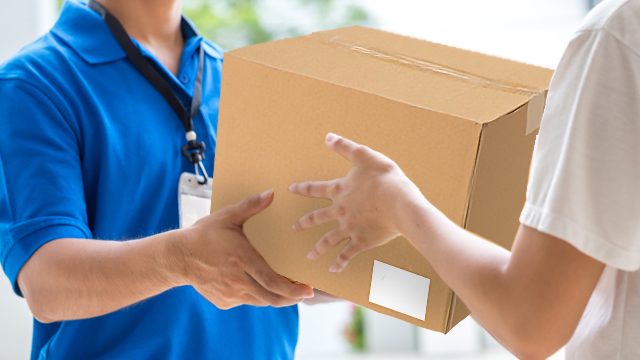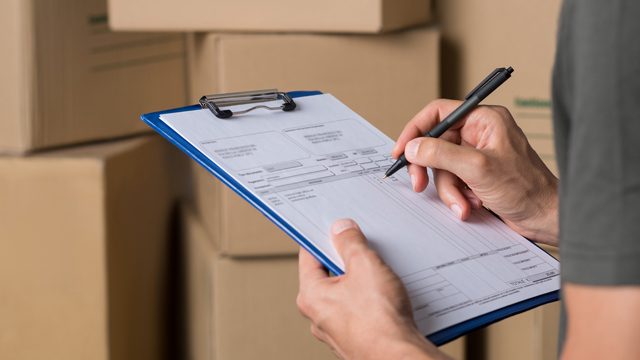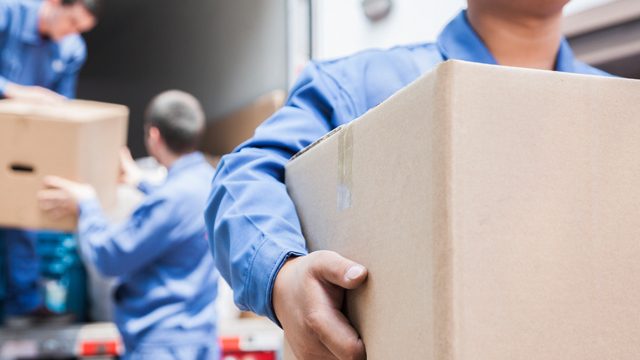SUMMARY
This is AI generated summarization, which may have errors. For context, always refer to the full article.

MANILA, Philippines – The balikbayan box has been an important part of overseas Filipino workers’ (OFWs) life. Away from their families, Filipinos abroad send imported goods back home through these iconic boxes every year. (READ: Things to know about balikbayan boxes)
It comes as no surprise then that Filipinos can be very protective of their packages – the goods inside, after all, were bought with hard-earned money.
The Bureau of Customs (BOC), the country’s regulatory body for imported goods, has always been on the receiving end of complaints about delays in the arrival of balikbayan boxes.
But what a lot of people don’t realize is that the BOC isn’t the only authority checking these.
Encountered delays with the delivery of your boxes? To figure out what might have happened and what you can do, it might help to understand first the long journey balikbayan boxes go through:

Pre-arrival process
According to the BOC, before your box makes its way to Philippine soil, the first ones to manage it would be your importer or forwarder who will supervise the dispatch and delivery of your goods as well as secure permits, accreditation, and other required documents.
Declared goods in your package must comply with the Customs Regulated Imports List (CRIL). More than 7,000 items are regulated imports, which means that you need special permits to import them. These permits are issued by trade regulatory government agencies (TRGAs) who are also the ones who make the requirements for the CRIL.
All food and drinks, for example, are regulated imports, and must have a permit from the Bureau of Animal Industry, Bureau of Fisheries and Aquatic Resources, Bureau of Plant Industry, or the Food and Drug Administration.
The issuance of these special permits may be a possible cause of delay.
When all permits have been secured, your box will now be delivered by your forwarder. Take note that unforeseen circumstances like natural calamities may set back the delivery of your boxes, too.

Bureau of Customs
The BOC serves as the gatekeeper for all imported goods entering the Philippines.
Upon receipt of your package, the BOC will issue an electronic receipt of goods declaration and manifest data.
After this, the BOC will inspect and assess your package. BOC personnel are no longer allowed to randomly or arbitrarily open balikbayan boxes so inspections will be done through x-ray scanning.
The BOC follows a risk management system where cargo risk is classified as low (green), medium (yellow), or high (red).
A delay may happen when your package has been deemed as high-risk cargo. If this happens, the balikbayan box will be transferred to designated examination areas where BOC inspectors will be allowed to open and inspect them in your presence, as the receiver, or a duly authorized representative.
Balikbayan boxes are flagged by:
- Undeclared and/or misdeclared goods
- Banned or regulated cargoes like firearms and ammunitions, prohibited drugs, pornographic materials, gambling materials/apparatus
- Goods in commercial quantity
Balikbayan boxes containing contrabands or items that are possible threats to national security such as explosives, firearms, and illegal drugs, meanwhile, will be opened upon the written approval by the district collector of the port concerned.
When the goods have been cleared of risks, the BOC will conduct a final assessment of duties and taxes. Sometimes, authorized agent banks also fail to send payment confirmation to the BOC immediately, causing delays.

Port or warehouse
When everything’s been cleared, the BOC will issue release instructions and forward the box to warehouse or port operators.
Operators will then process payments for port charges and issue gate passes. During peak periods, traffic queues at warehouses can be long, delaying the release of the cargoes to importers.
According to the BOC’s June 2015 data, on average, it takes around 4 days and 13 hours for a shipment to be cleared by the BOC and sent to the port or warehouse operators. From there, it may take another 4 days to be released.
What to do if your balikbayan box is delayed
In case the delivery of your balikbayan box is delayed, the first you’d want to know is where the delay happened – during delivery or the BOC checkpoint.
What you can do first is check the status of your cargo using the BOC’s online balikbayan box tracker. The tracker will tell you the status of your cargo, or whether it already made it to the BOC. Note that to use the tracker, you will need to know your bill of lading (for shipped cargoes) or the airway bill (for air cargoes). You can ask both from your forwarder.
If the tracker tells you that your box is still “pending payment,” it means that the BOC is still waiting for the forwarder to pay the required taxes.
If your cargo can’t be found using the tracker, then your balikbayan box is most likely still being shipped or your forwarder might have not submitted all required documents to the BOC.
But if the tracker tells you that the cargo has already been “paid and released,” then chances are, your balikbayan box is already with your local forwarder. In this case, you might want to call your local forwarder to follow up. If your forwarder is unresponsive, you may call the BOC hotline (705-6000) for help. – Rappler.com
Add a comment
How does this make you feel?
There are no comments yet. Add your comment to start the conversation.